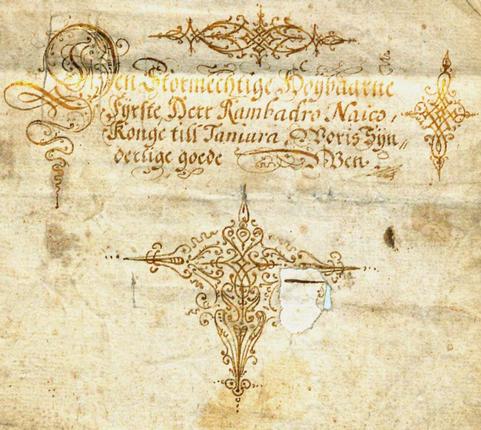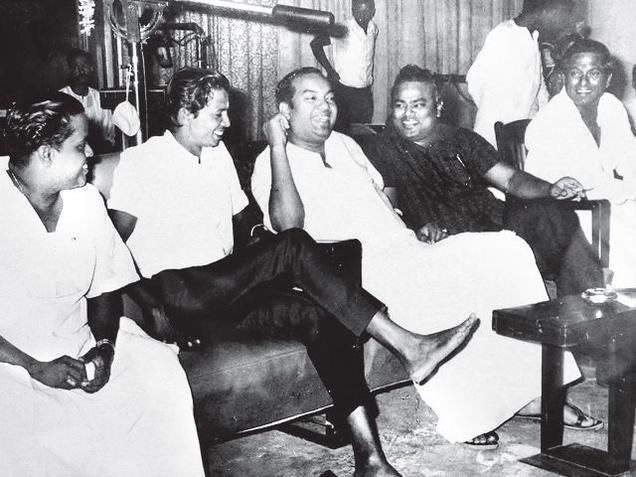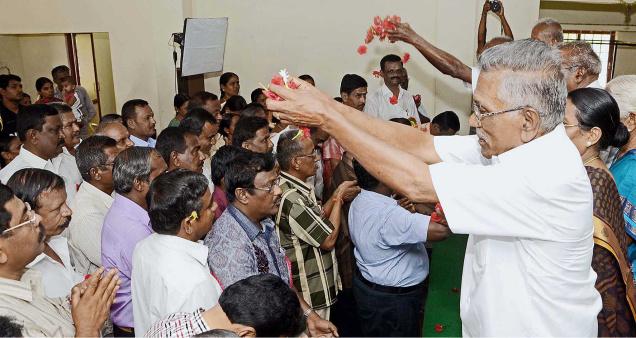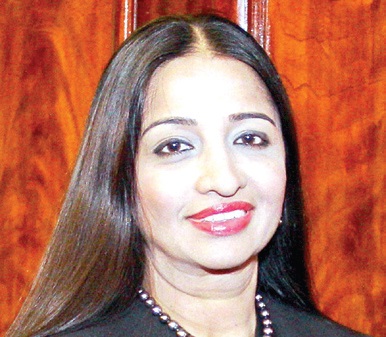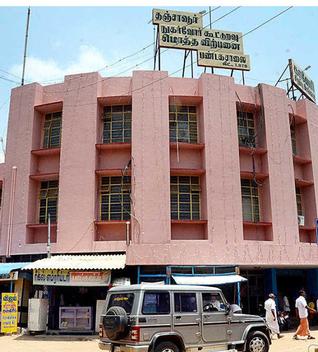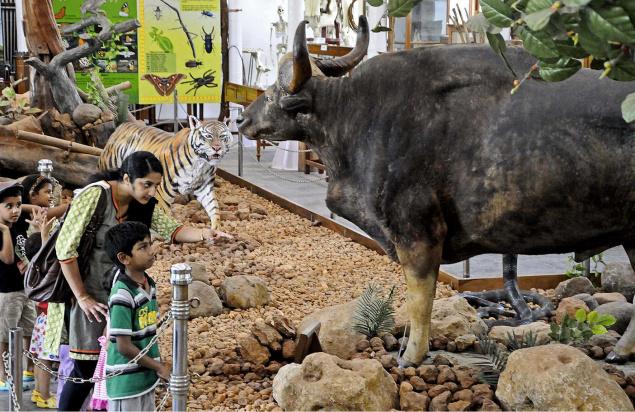Chennai :
Some of the country’s distinct arts and crafts awarded the prestigious Geographical Indications (GI) tag have, for the first time, been compiled in a book.
The GI tag, a form of intellectual property right, is distinct from other forms of intellectual property rights (IPR) as it ascribes exclusivity to the community in a defined geography rather than to an individual as in case of trademarks and patents.
Madras high court additional government pleader P Sanjai Gandhi in his ‘Arts and Crafts of India’ has collated and described 64 arts and crafts that have been accorded the prestigious tag.
Thanjavur doll, Madurai Sungudi Saree, Swamimalai Bronze Work, Arani Silk, Salem Silk and Fabrics, Kancheepuram Silk, Kovai Kora Cotton and Bhavani Jamkkalam Carpet are some of the products from Tamil Nadu detailed in the book.
It also describes the origins of Budithi Bell and Brass Metal Craft, Kondaoalli Bommalu (wooden toy), Nirmal paintings, toys and crafts, Pembarthi Metal Craft, Silver Filigree of Karimnagar, Siddipet Gollabama Sarees, Pochampally Ikat Fabrics and Machilipatnam Embroidery from Andrhra Pradesh as well as Karnataka’s Bidriware, Kinhal Toys, Mysore Rosewood Inlay, Ilkal Sarees, Molakalmuru Sarees, Mysore Silk, Kasuti Embroidery and Sandur Lambani Embroidery. Alleppey Coir, Aranmula Kannadi (metal mirror) and Screw pine craft from Kerala are also mentioned .
Highlighting the rich legacy of the products, the book, for instance, explains how the Swamimalai Bronze Icons of Tamil Nadu can be traced to the Chola period (850-1279 AD) and how Kancheepuram’s weavers manufactured silk sarees for the royal families of Chola and Pallava empires. Similarly, Kovai Kora Cotton of Coimbatore dates to the Vijaynagara Empire and the Madurai Sungudi Saree is traced to the 16th century Nayak dynasty. According to folklore, Aranmula Kannadi, a mirror made of metal alloys, was first made by bronze casters of Tirunelveli. Around 400 years ago, a priest from the Aranmula temple in Kerala brought them from Tamil Nadu.
We also learn, through the book, that Puneri Pagdi of Pune was first worn by Justice M G Ranade in the 18th century. Since then, it has been worn by leaders such as Lokmanya Tilak and D D Sathye.
The manufacturing of some products takes into account scientific principles. Thanajvur dolls are made on the concept of gravitational force. Perhaps, the process of making these dolls began long before Sir Issac Newton propounded the theory of gravitation.
source: http://www.timesofindia.indiatimes.com / The Times of India / Home> City> Chennai / by Manish Raj, TNN / May 04th, 2015

